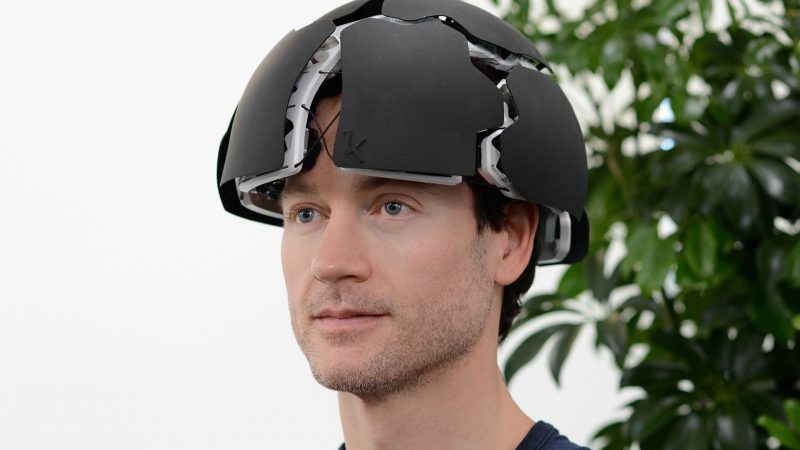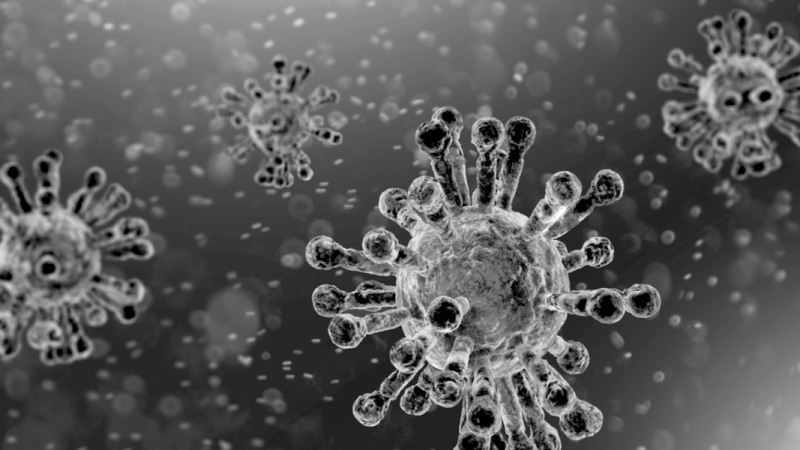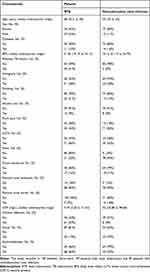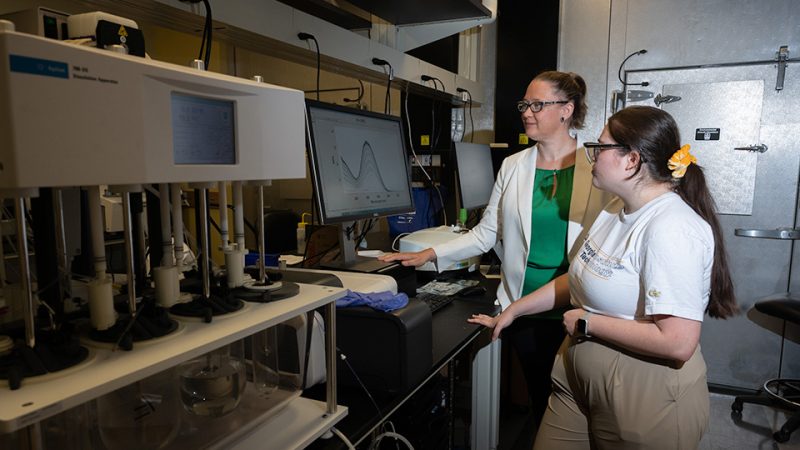Startup Cambridge Nucleomics to Develop 'Nanobait' Tech for Multiplexed Testing
NEW YORK – A UK research team specializing in DNA nanostructures has developed a technology for highly multiplexed detection of nucleic acid signatures from respiratory pathogens. The new method will now be commercialized by a startup called Cambridge Nucleomics.
The technology — which uses “nanobait” probes detected with nanopores — was developed in the Cambridge University lab of Ulrich Keyser. In a recent study published in Nature Nanotechnology, Keyser and his team showed the method detected SARS-CoV-2 viral RNA in infectious patients at a concentration equivalent to a cycle threshold of <20 with high specificity using a 10-minute nanopore readout.
Although the initial multiplex assay only had five targets, the method’s use of barcoding enables it to potentially detect hundreds of viruses and single nucleotide viral variants at once, according to Filip Boskovic, corresponding author on the study.
The overall method uses short oligonucleotide “nanobait” molecules attached to a linearized single-stranded DNA scaffold. When the bait traps a complementary site on a virus, the binding displaces the blocking oligo — which is labeled with either streptavidin or a molecule called a DNA flower. When the DNA nanostructure with multiple labels passes through a nanopore, the patterns of change in current indicate which of the labeled oligos had been displaced.
In this manner, “we use the absence of the control to signal presence of the virus,” Boskovic said, adding that this effectively eliminates false positive results. The method is also quantitative and can detect coinfections, which Boskovic said could help provide better patient care.
As a proof-of-concept assay, the Keyser lab team developed a multiplexed test for five viral variants of SARS-CoV-2 and found the assay had 100 percent specificity, Boskovic said. And, at this level of specificity, even a few detection events can lead to a high certainty call of the virus or strain, he said.
Samet Kocabey, a researcher in translational oncology at the University of Fribourg in Switzerland who was not involved in the study, said that the Keyser team is well known for expertise in nanopore sensing.
Kocabey — who recently developed a method for DNA origami nanoarray-based miRNA detection and a DNA origami biosensor shaped like a book — said the nanobait assay “looks quite novel and efficient.” The method could also represent “a nice alternative” to RT-PCR and sequencing, he said, in part because it does not require pre-amplification or purification.
“In this way, it might provide a faster solution for viral RNA detection compared to the other techniques,” Kocabey said.
The only limitation could be the detection of low concentrations of viral RNA, he said, but added that the study authors suggest lower concentrations can be measured by running a single nanopore for a longer time or running many nanopores in parallel.
The novelty of the method, according to Kocabey, comes from “the efficient combination of all the strategies used.” Specifically, the method’s use of RNAse H-dependent fragmentation of viral RNA, toehold-mediated strand displacement, a linearized DNA template with markers, multiplex detection of different RNA targets with the DNA nanopore, and the detection of viral RNA from patient’s samples all together is quite new.
Commercialization plans
For future commercialization efforts, Boskovic said the team envisions providing a pocket-size device that can be plugged into any laptop.
The ultimate cost of the system will depend on different parameters, he said, but there is likely demand for such a test, especially if, “for the price of one PCR test one can look for hundreds of pathogens.”
Mohammed Alawami, a doctoral student in the Keyser lab, is leading the commercialization efforts at Cambridge Nucleomics, a company the team founded in January 2021.
Alawami spearheaded the company’s entry into Cambridge University commercialization competitions and is now also developing biosensing and drug development applications that will be licensed from Cambridge by the company.
Cambridge Nucleomics is currently further validating the technology in the Keyser lab, Alawami said, and aims to launch a paid testing service by the end of 2023 and to scale up to become a business selling a test system and consumables the following year.
Boskovic noted that the overall mission is “to quantify all short and long RNAs in one simple measurement by 2025, with the vision to build an innovative platform technology company for the RNA era of personalized and precision medicine.”
Cambridge Nucleomics is currently funded through competitions, grants, and accelerator equity funding, and the company is looking to collaborate with RNA development firms, clinical testing labs, and hospitals.
The growing field of nanostructures
Researchers have previously developed DNA origami-based diagnostics for things like malaria and dengue virus, and the Keyser lab has also used DNA origami barcodes and nanopores for antibody detection.
But moving DNA nanostructures from a research lab to a commercial applications phase has been a long time coming, according to Yoel Ohayon, a structural DNA nanotechnology researcher and a clinical associate professor in the department of chemistry at New York University.
The field was founded in 1983 by Ned Seeman, Ohayon said in a recent interview, and 40 years later, self-assembled DNA origami and nanostructures are being developed for things like trapping viruses, delivering cancer immunotherapies, and performing molecular computing.
The COVID-19 pandemic and the acceleration of mRNA vaccine technology have heightened interest in DNA and RNA nanostructures even more and opened “a new era of DNA and RNA nanotechnology,” Ohayon said.
Diagnostics using DNA nanostructures are one obvious potential application, and to his mind, this field will definitely produce new assays in the future. “It’s just a matter of time,” he said.
To date, one of the challenges to nanostructure-based diagnostics has been related to the need to have a common device to read the structure and do the sensing, Alawami said. Other hurdles include having the know-how and intellectual property, and the difficulty in doing a technology push. “First comers need to work extremely hard to establish the scientific credibility and clinical reliability,” Alawami said.
Kocabey said that there are a few startups and medium-sized companies using DNA nanostructures already, including SomaLogic subsidiary Palamedrix, Tilibit, and Nanogami, which develop DNA origami products and DNA origami-based sensors. Oxford Nanopore also uses nanostructures for sequencing, he said.
For clinical diagnostics applications, specifically, Nanostring and Vizgen use DNA technology for biosensing, according to Alawami. However, these technologies are microscopy-based while the Cambridge Nucleomics technology is the first that is nanopore-based, he said.
“This gives us many advantages,” Alawami said, such as the ability to directly read individual molecules and sense highly concentrated molecules, and improved statistical analysis of the behavior of single biomolecules. “In principle, our process is simpler and faster, and we don’t suffer from optic limitations like photo bleaching,” he said.





